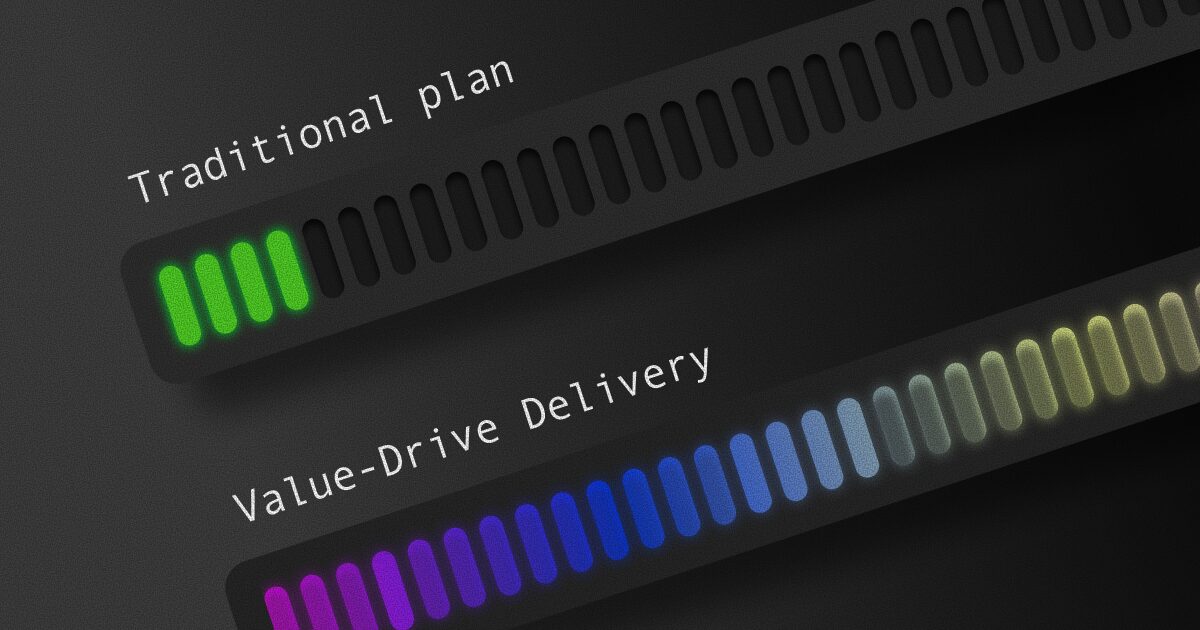September 21, 2025 - 3 min
How Risk Analysis Supports BAs in Managing Projects

Risk Analysis and management is one of the key services our teams provide to ensure projects run smoothly and deliver real value. This is a collaborative process where Business Analysts work hand-in-hand with Product Managers, Solution Architects, and Designers to identify potential risks early, assess their impact, and develop strategies to address them.
By combining different perspectives, be it business, technical, and user-focused, we create a more complete picture of where challenges might come up and how to mitigate them before they turn into real problems.
While BAs are not the sole owners, they contribute significantly to the following activities:
- Requirements risk assessment
- Feasibility and complexity analysis
- Development of mitigation strategies
- Change impact and Dependency analysis
- Stakeholder risk analysis
This approach that includes collaboration among teams ensures effective identification, assessment, and management of risks, aligning with project goals and stakeholder expectations.
So what do BAs do when it comes to risk analysis? Their main goal is to evaluate the risks associated with specific requirements to ensure alignment with business needs goals and KPIs.
Often, significant risks emerge during the first week of the discovery phase.
BAs promptly list and clarify these risks with stakeholders to prevent potential issues later on in the process. Early detection and resolution of risks are crucial to keeping the team and product on the right track, avoiding misdirection and ensuring project success.
The responsibility of BAs here is to collaborate with Solution Architects to assess the feasibility and complexity of gathered requirements. By doing that, they determine their suitability for the MVP and overall project.

BAs, as being the most familiar with the business background and product functionalities, also participate in the estimation process of the defined feature set within the product backlog, ensuring that requirements are realistic and aligned with project goals.
This collaboration helps provide accurate estimations and informed decisions, supporting successful project planning and execution.
BAs’ duty here is to collaborate with Product Managers, Solution Architects and Project Managers and take part in defining strategies to mitigate identified risks.
For example, a BA might identify a potential delay in a critical integration point and work with the Solution Architect to propose alternative technical solutions (and adjust the backlog accordingly) while the Product Manager adjusts the timeline and scope.
This collaborative effort results in reducing the potential impact and likelihood of risks, and ensures project stability and alignment with objectives.
Crucial Role of BAs in Risk Analysis
Things to keep in mind. There’s a difference between:
- Delivery risk, related to resources, costs, and features.
- Market risk, related to business and customers.
The role of BA is to identify these risks and mitigate them through various techniques. In short, the goal is to make everything that is unknown tangible, measurable and evaluable.
Business Analysts play a key role in evaluating the impact of proposed changes on existing systems, processes and stakeholders. They also participate in identifying and analysing dependencies between requirements and systems to manage risks related to interdependencies.
What this means is that a BA has the task to assess how a new feature could affect existing workflows and communicate these changes to stakeholders, while also mapping out how this feature depends on other system components. This involvement ensures that potential impacts and dependencies are effectively managed, supporting smooth project execution and alignment with strategic goals.
Another thing that BAs often do is collaborating with Product Managers to analyse stakeholder-related risks, ensuring their needs and expectations are managed effectively throughout the project.
In practice, a BA might identify unrealistic expectations from a key stakeholder regarding a feature’s delivery timeline and facilitate a meeting to realign expectations. Continuous monitoring of stakeholder satisfaction and engagement is crucial to identify and manage emerging risks, maintaining positive relationships and project alignment.
Risk Analysis & Management Deliverables
- List of risks associated with specific requirements to ensure alignment with business needs, goals, and KPIs.
- Assessment of the feasibility and complexity of gathered requirements to determine their suitability for the MVP and overall project.
- Explained workarounds outlining how identified risks will be managed and mitigated throughout the project.
- Analysis of the impact of proposed changes, including effects on existing workflows, systems, and stakeholder interests.
Final Thoughts
Effective risk analysis and management isn’t just about preventing problems. it’s about creating the conditions for smarter decisions, stronger solutions, and long-term project success. By addressing risks early and collaboratively, businesses can move forward with confidence.
Are you’re looking for a partner to help you identify, assess, and manage risks in your next project?
Get in touch with us. We’d be more than glad to support you.
Give Kudos by sharing the post!






